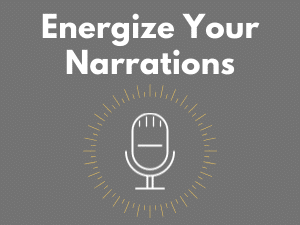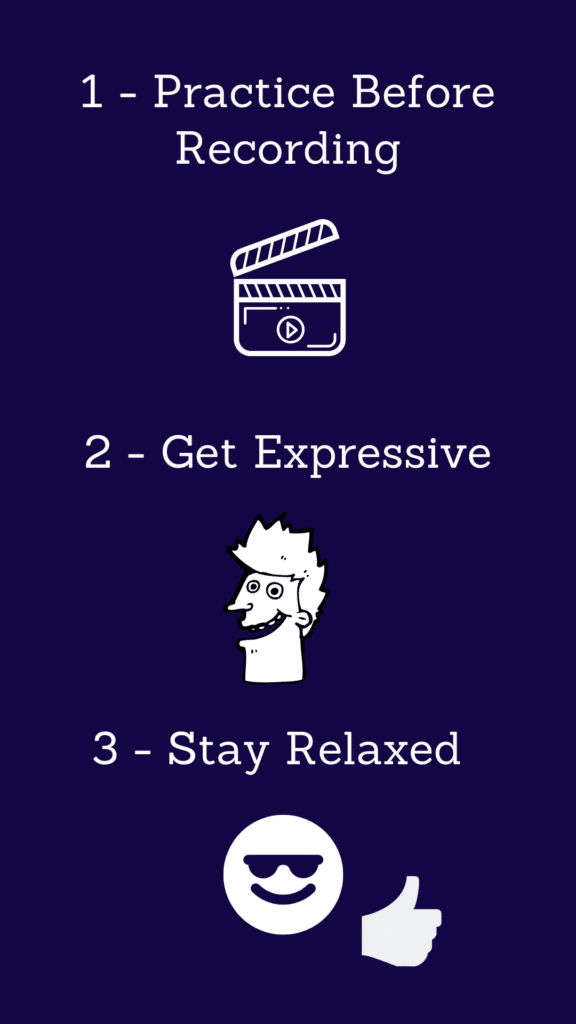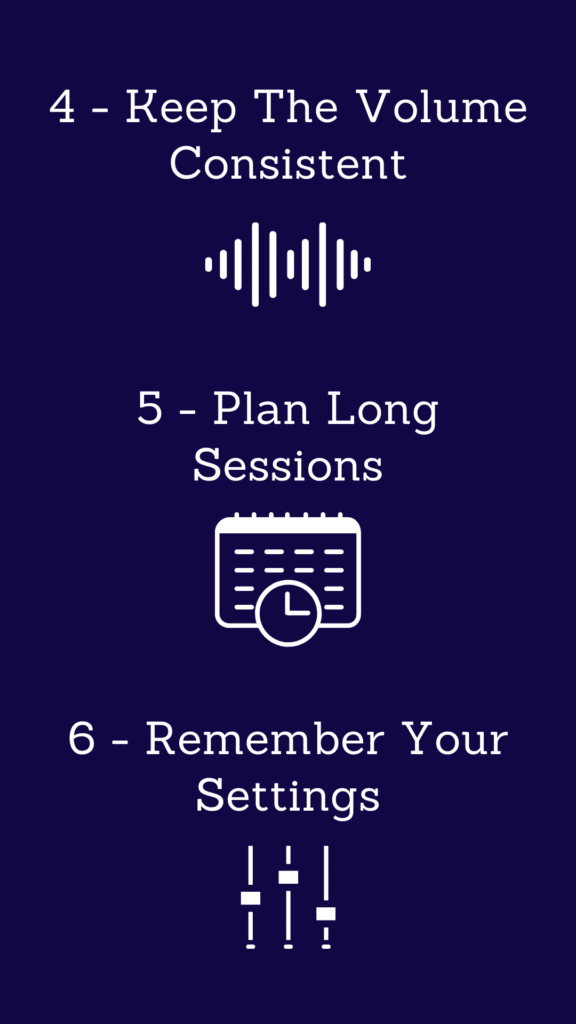6 Ways to Energize Your E-learning Narrations
By: WhisperRoom™
March 25, 2020


A tremendous amount of learning takes place outside of the traditional classroom. Every day, millions of internet users tune into online courses to complete training, learn new skills, take virtual tests, or learn from an instructor. E-learning is a fascinating new way to learn.
Although the modern learning environment has changed, one thing might always stay the same – it’s tough to learn from a boring teacher. With that being said, we hope the following suggestions will help you energize your E-learning narrations.
Narrations should aim to captivate and engage the audience. Research suggests that students who are engaged in the learning process have better attention and focus. This kind of attention helps motivate higher-level thinking and creates a meaningful learning experience. Although many professional voice-over artists are natural orators, everyone can still benefit from guidance, feedback, and lots of practice.
It’s always helpful to think before you speak and practice before you hit the record button. Put some thought into the vocal tone and reflections that you plan to use, and think about several different ways that will help you communicate the main points as clearly as possible.
How you physically express yourself while speaking is just as important as the words you say.
Unless you’re being filmed while talking, the audience cannot see the gestures that you make. The tone of your voice will automatically adapt to your facial expressions and hand gestures.
Still, try your best to add physical emphasis to the words. If you smile, laugh, gesture, or frown, the learner will likely notice your change of tone and will better follow the words that you say. This will better help you get the main point across to the listener.
Be cool, calm, and relaxed while recording. Whatever you do, don’t stress your learners out with a fast-pace and monotone dialogue. Speaking too fast is a no-go, but you should also not bore your listeners by speaking too slow. Just keep it natural, and talk at a normal rate. There’s no need to rush your narrations.

Poor audio quality is annoying and distracting. Ambient noise such as the sound of rustling paper, the A/C unit, outdoor traffic sounds, and heaving breathing are just a few examples of what contributes to bad quality audio.
If you’ve been enjoying the benefits of a WhisperRoom sound isolation enclosure (or an alternative isolation booth) ambient noise shouldn’t be an issue. Your objective should be to keep outside noise from entering your recording session. If you don’t have a sound isolation booth, there are still some things you can do to set yourself up for a successful narration:
Consistency is key with E-learning narrations and audio leveling software is a narrator’s best friend. Spend the extra time to adjust the volume of each audio track to make sure they’re at the same level. You can try your best to speak at the same volume for the entire narration, but it’s a good idea to double-check the volume levels of everything that you make before completing the project.
If you’re recording excerpts from an audiobook, textbook, or lecture, it’s helpful to knock out the script in long chunks. Settle yourself and record lengthy portions of text in one sitting to keep a consistent tone and volume. Planning for long sessions will help you create uniform recordings while efficiently managing time.
When you’re working on an ongoing project, it’s helpful to take note of your settings. Look at the gain knob on your interface and remember the level you have it set to. This will help you keep the volume levels of your narration consistent. It’s also important to put some thought into your body position. Take a moment to recognize the placement of your microphone and your proximity to it while speaking.
Lengthy E-learning narrations will take you a few days to complete. So it’s important to be able to pick things right back up from where you left off in the previous session. Creating a logical workflow that’s unique to your style, studio, and preference will allow you to get more work complete with less hassle.
